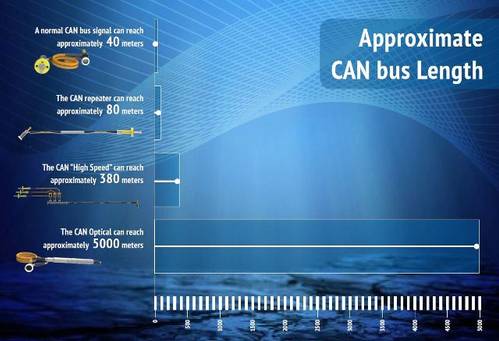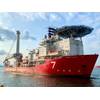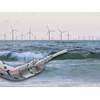Teledyne Releases CAN Bus Active Flying Lead Configurations
Teledyne Oil & Gas has added the CAN bus communication protocol to its Active Flying Lead product family. The subsea oil and gas industry has standardized to "fault tolerant" CAN bus communications for sensors and other subsea controls. This variation has a limited transmission distance for single node or sensor systems of only 40 meters. Teledyne has recently qualified three new configurations that extends the range of the CAN bus signal to up to 5,000 meters.
The Active Flying Lead product line is characterized by integrating specialized electronics into qualified highly reliable atmospheric housings located directly within a subsea cable, or flying lead. The ability to run CAN Bus signals longer than before allows for greater flexibility in the placement of sensors in an oil field or subsea observatory. The alternative is to locate a control pod near the desired sensor placement, or by modifying the sensor location, even though an alternative location may have been more effective.
The three new variations of Active Flying Leads include:

















 February 2024
February 2024



